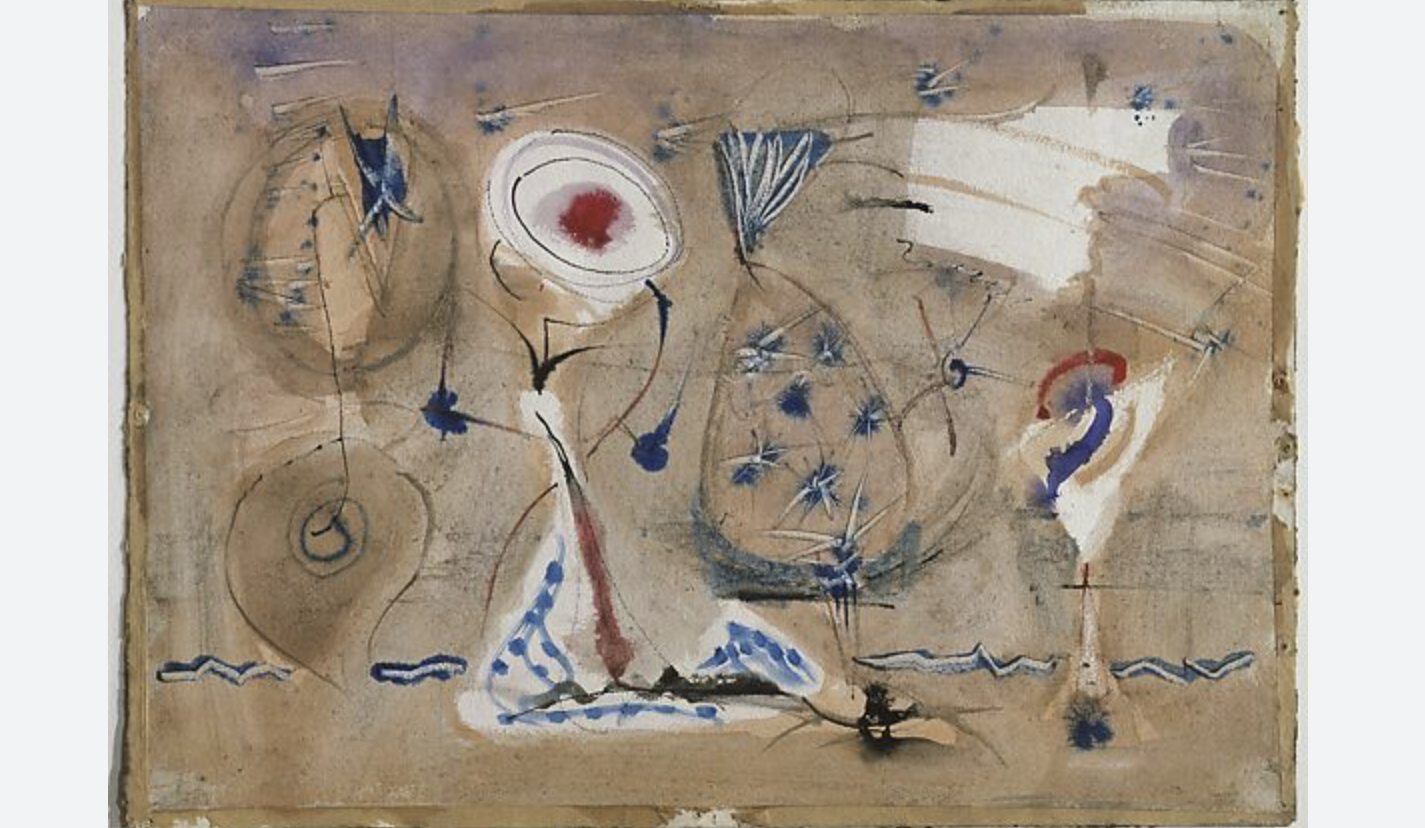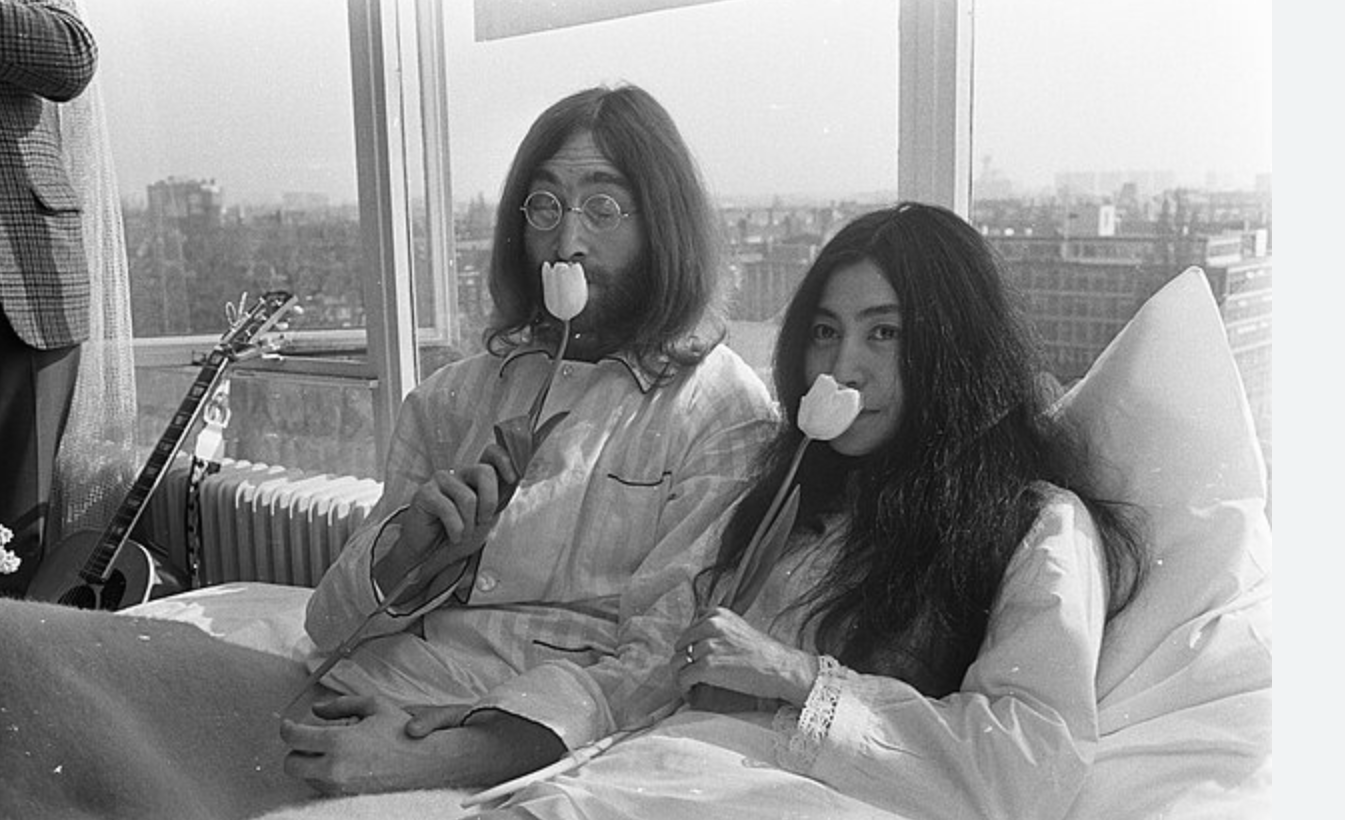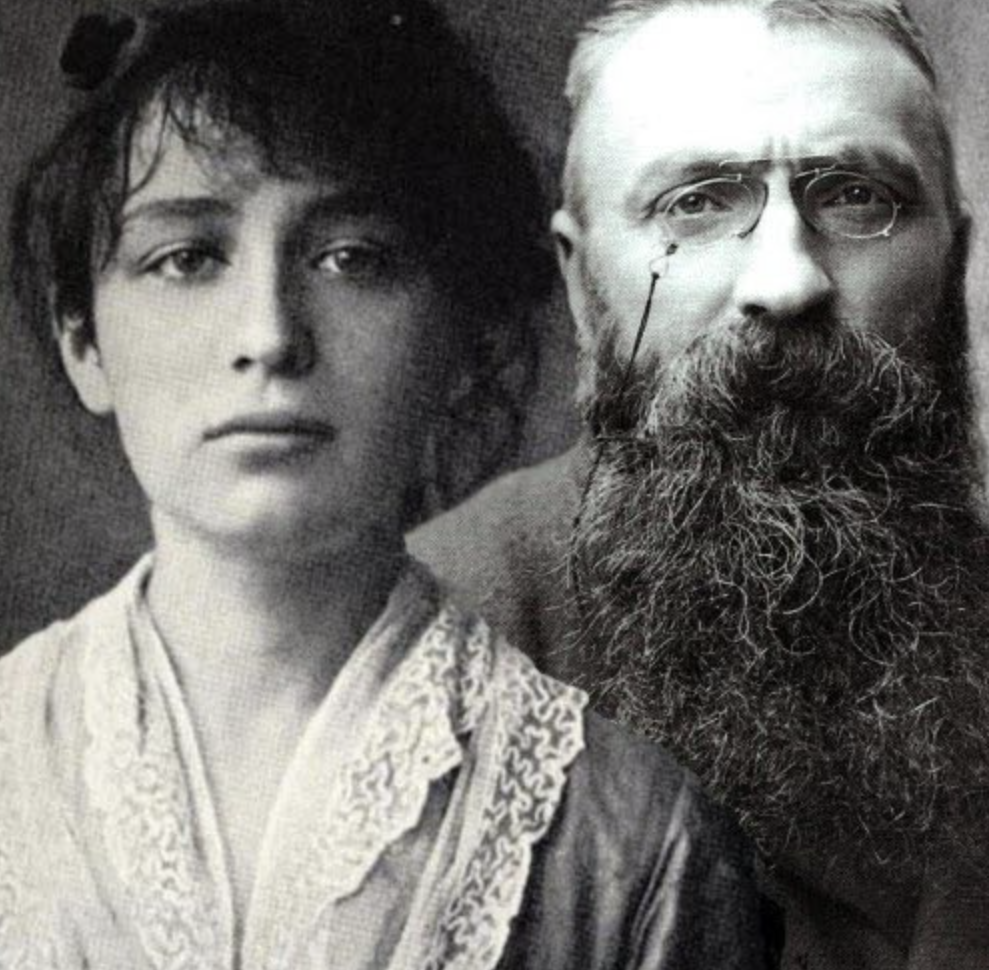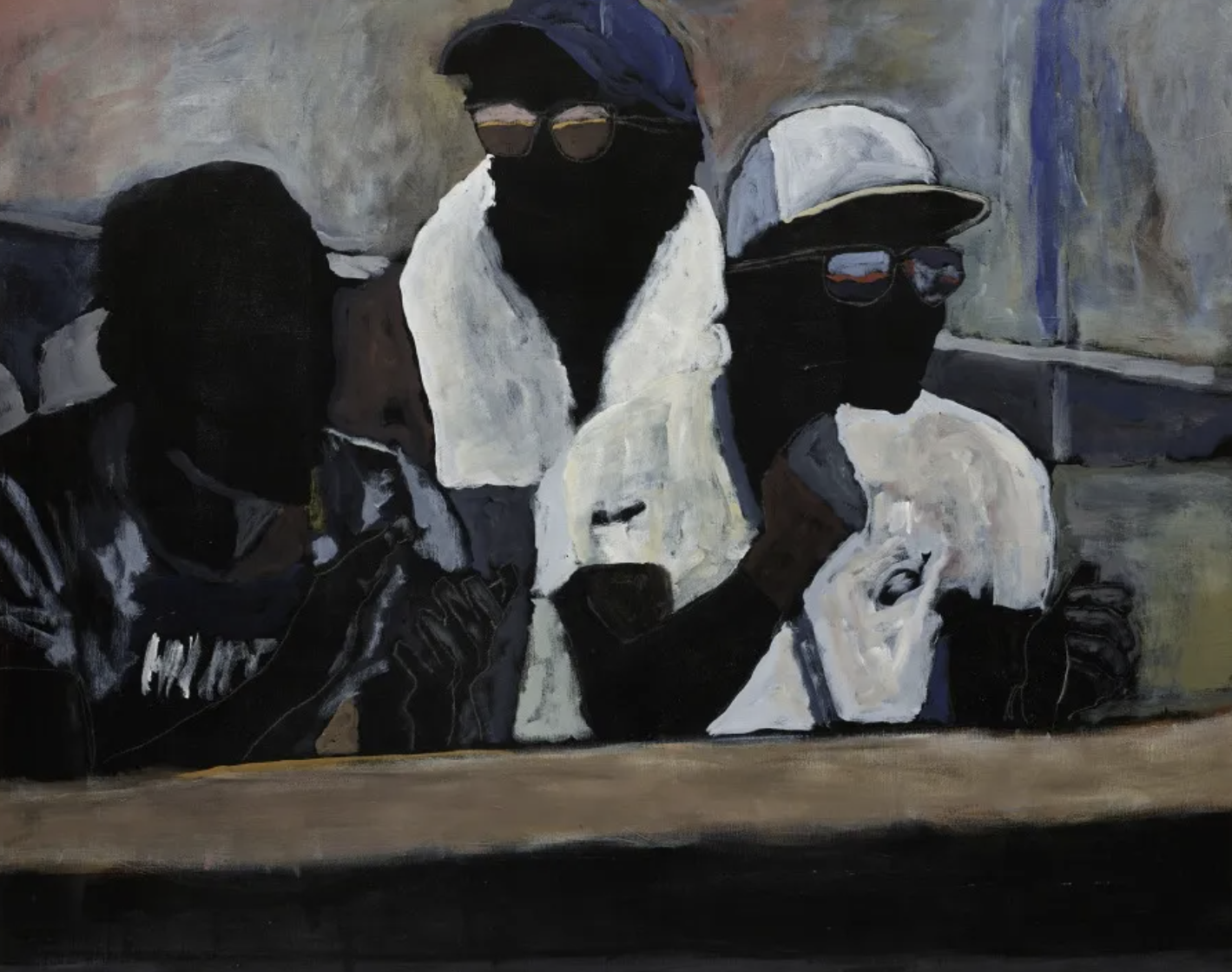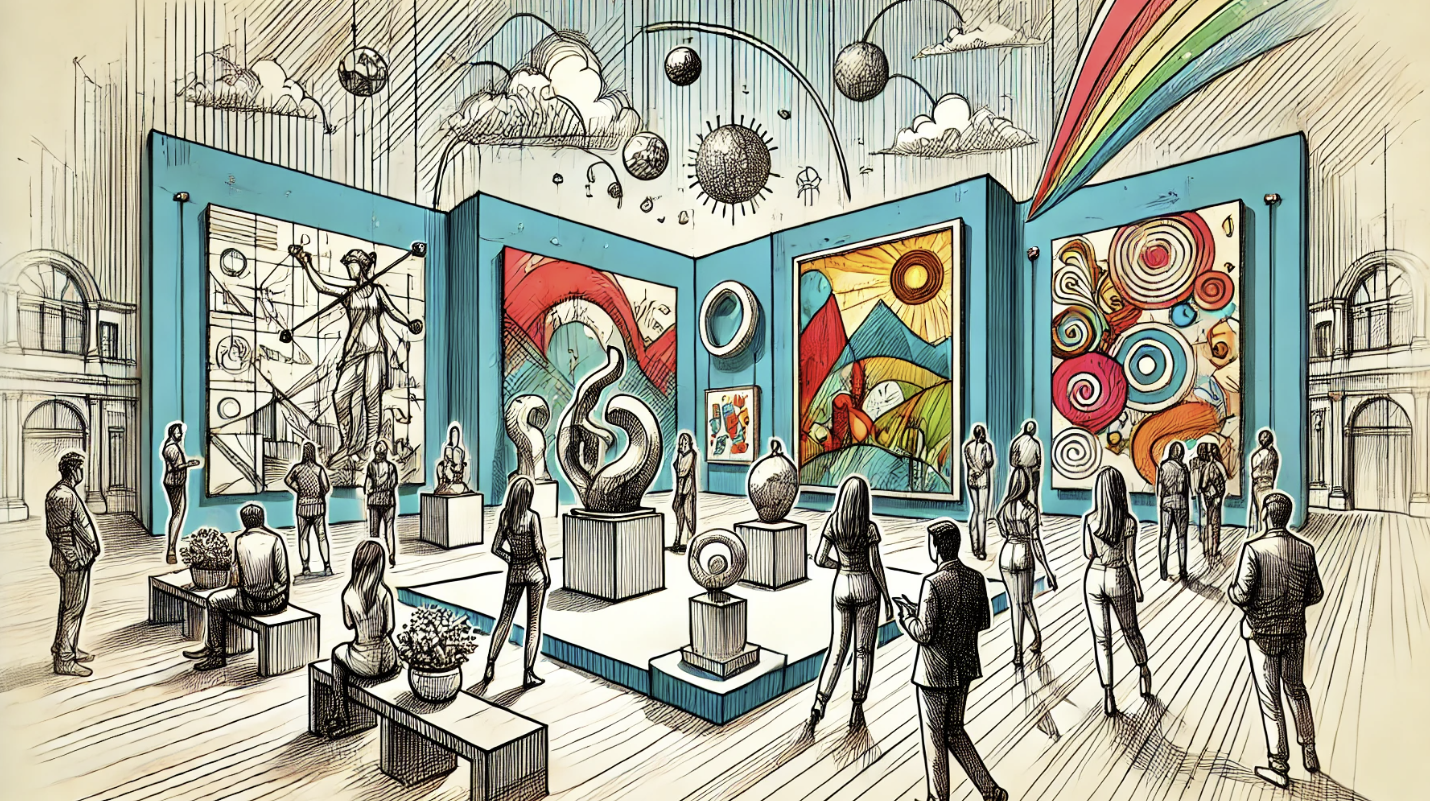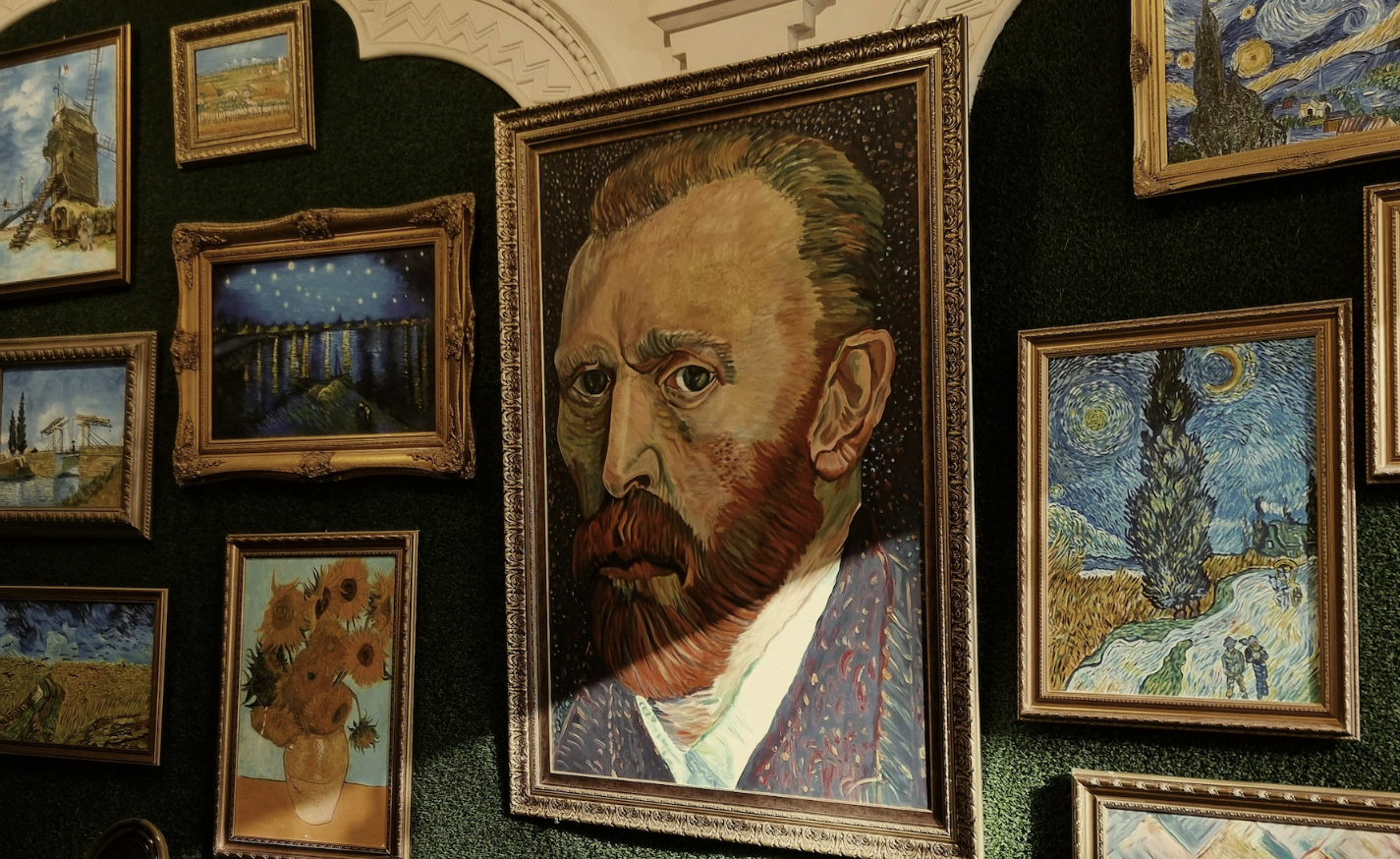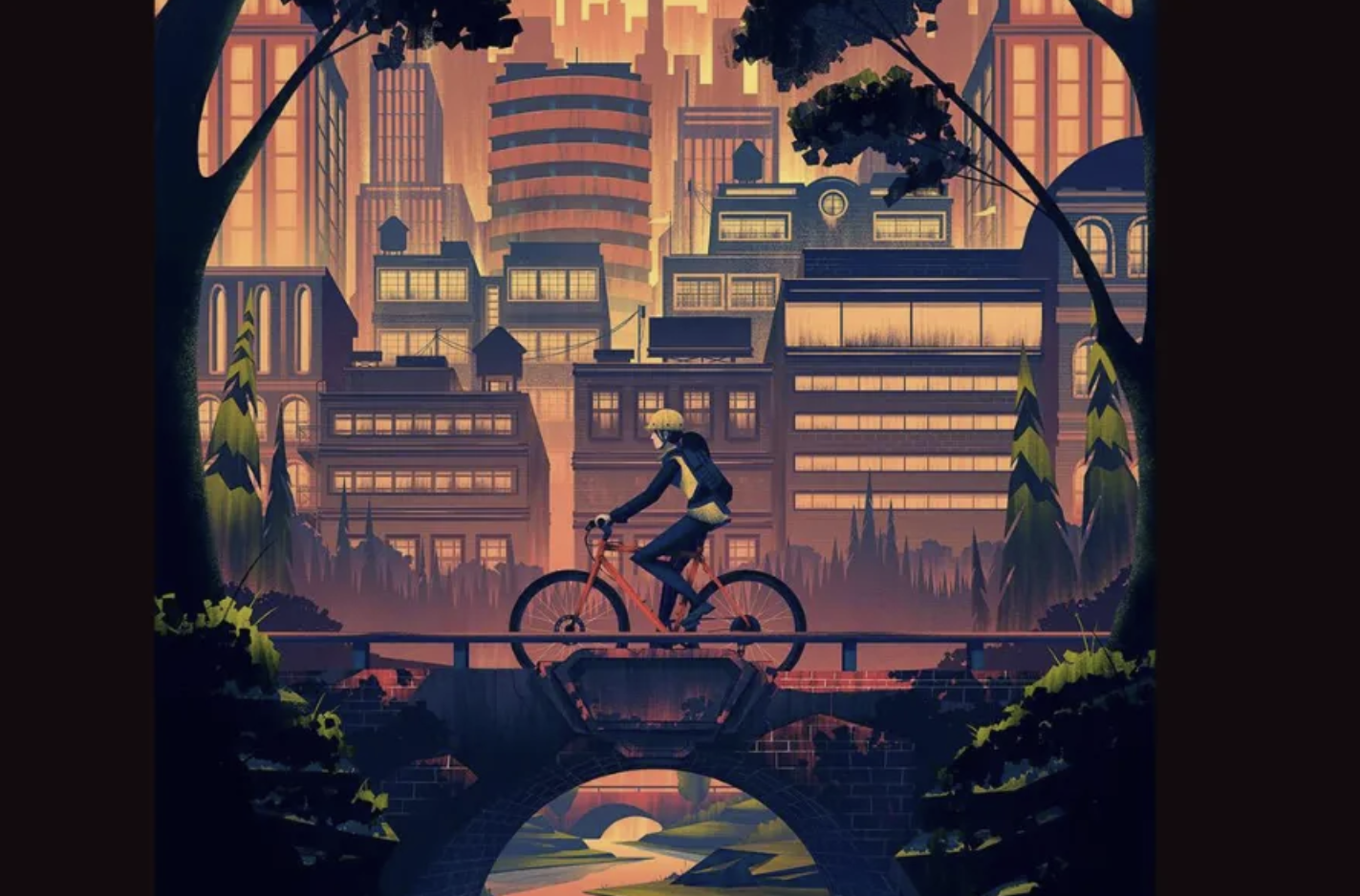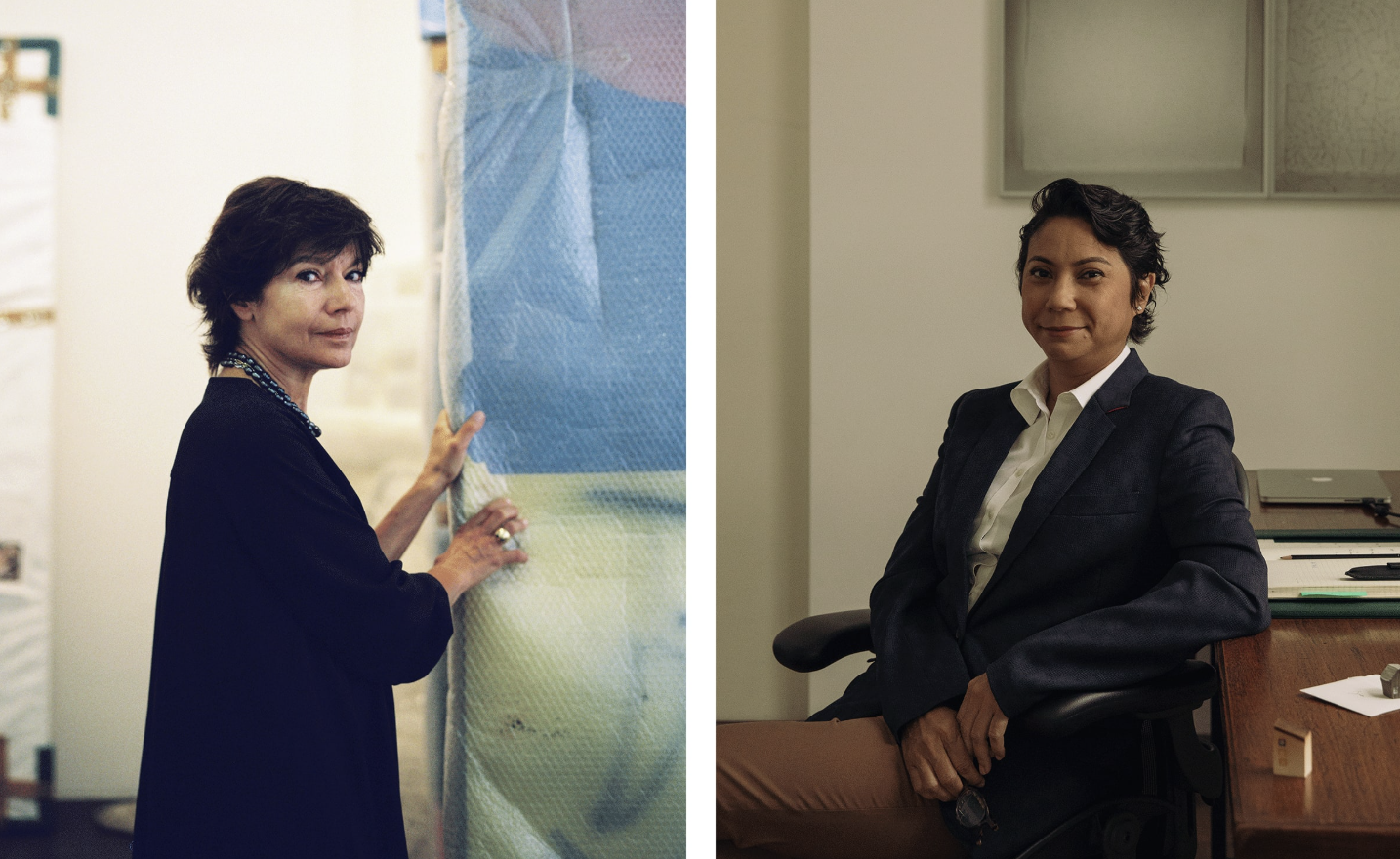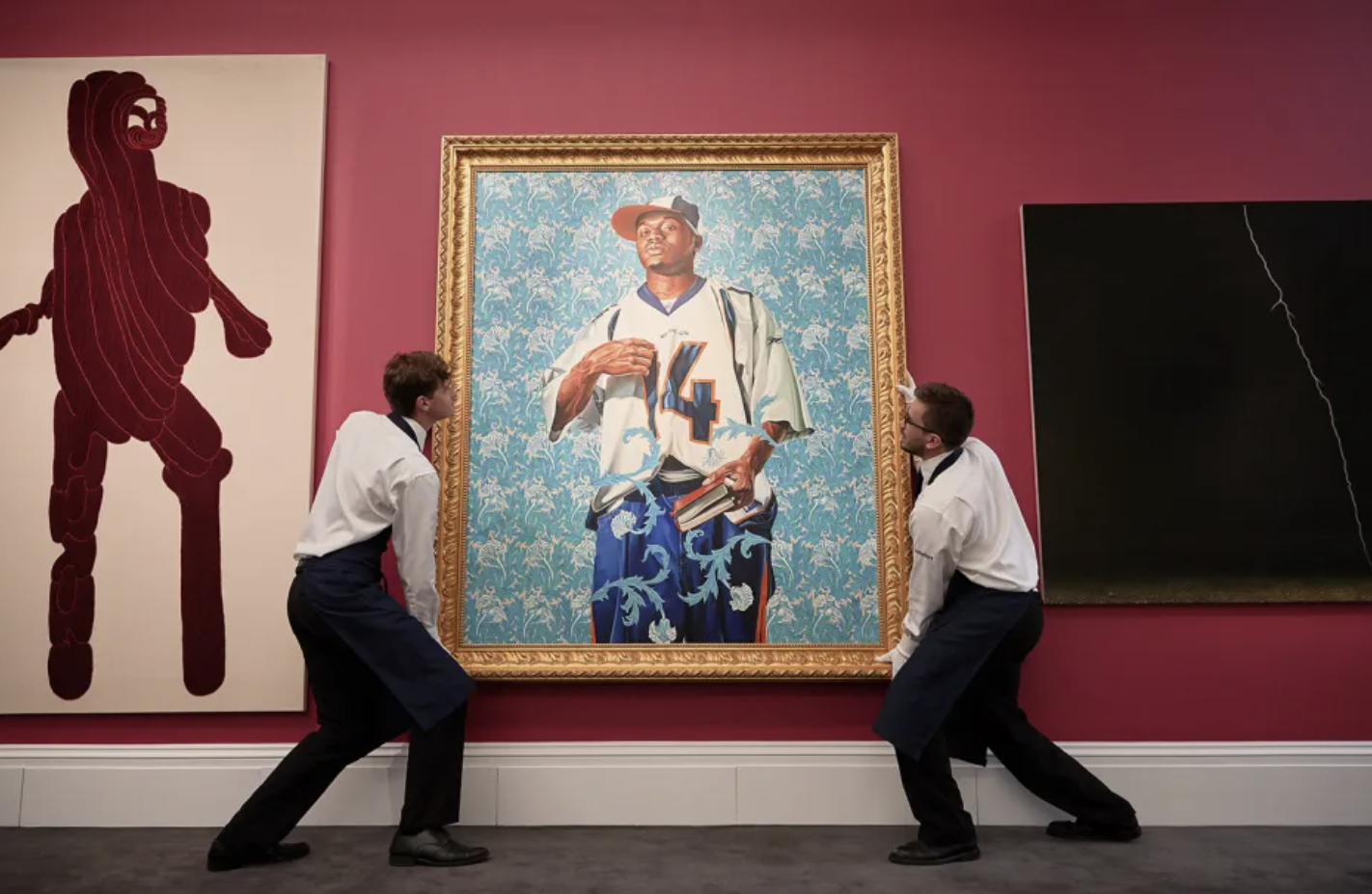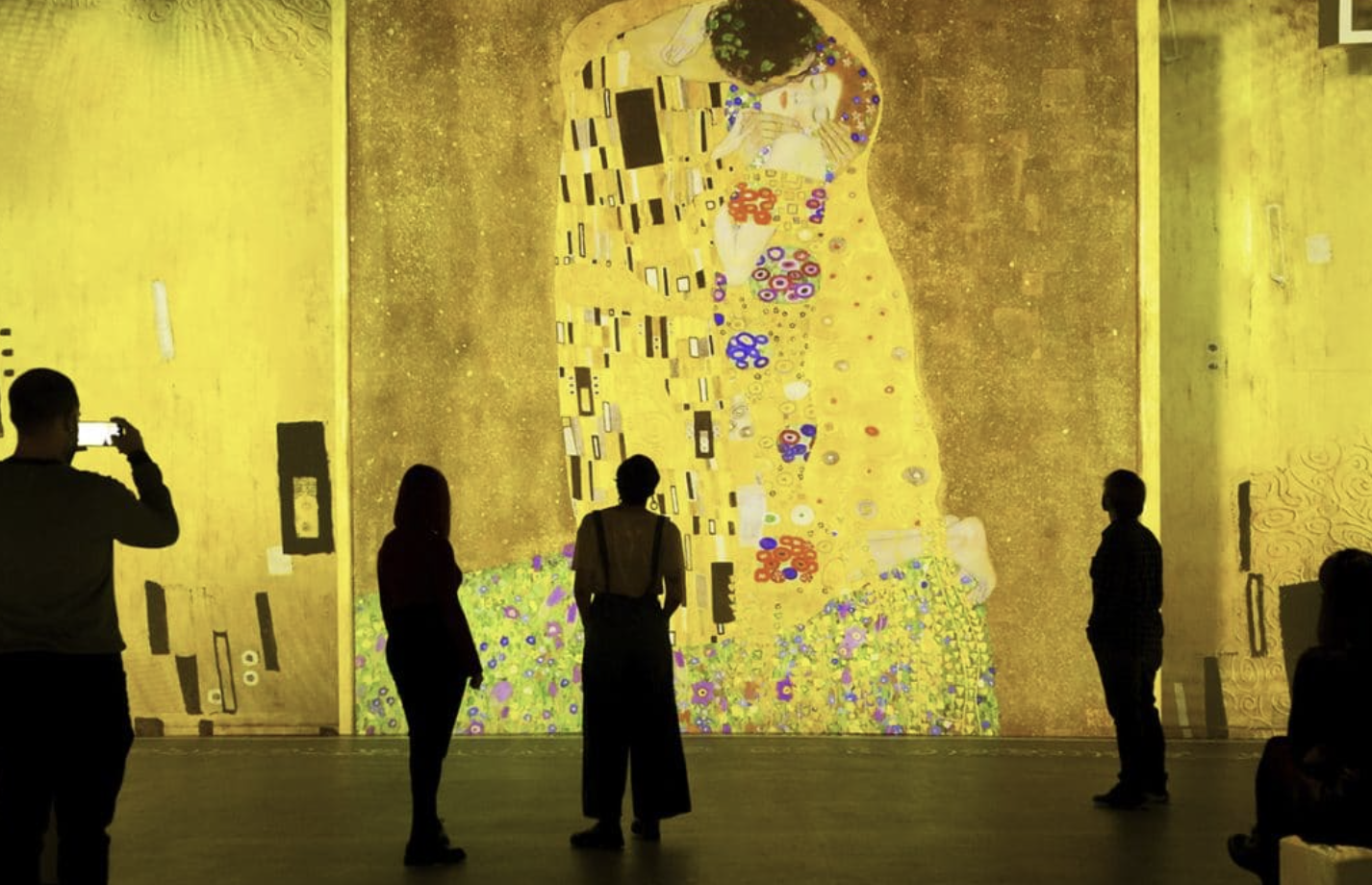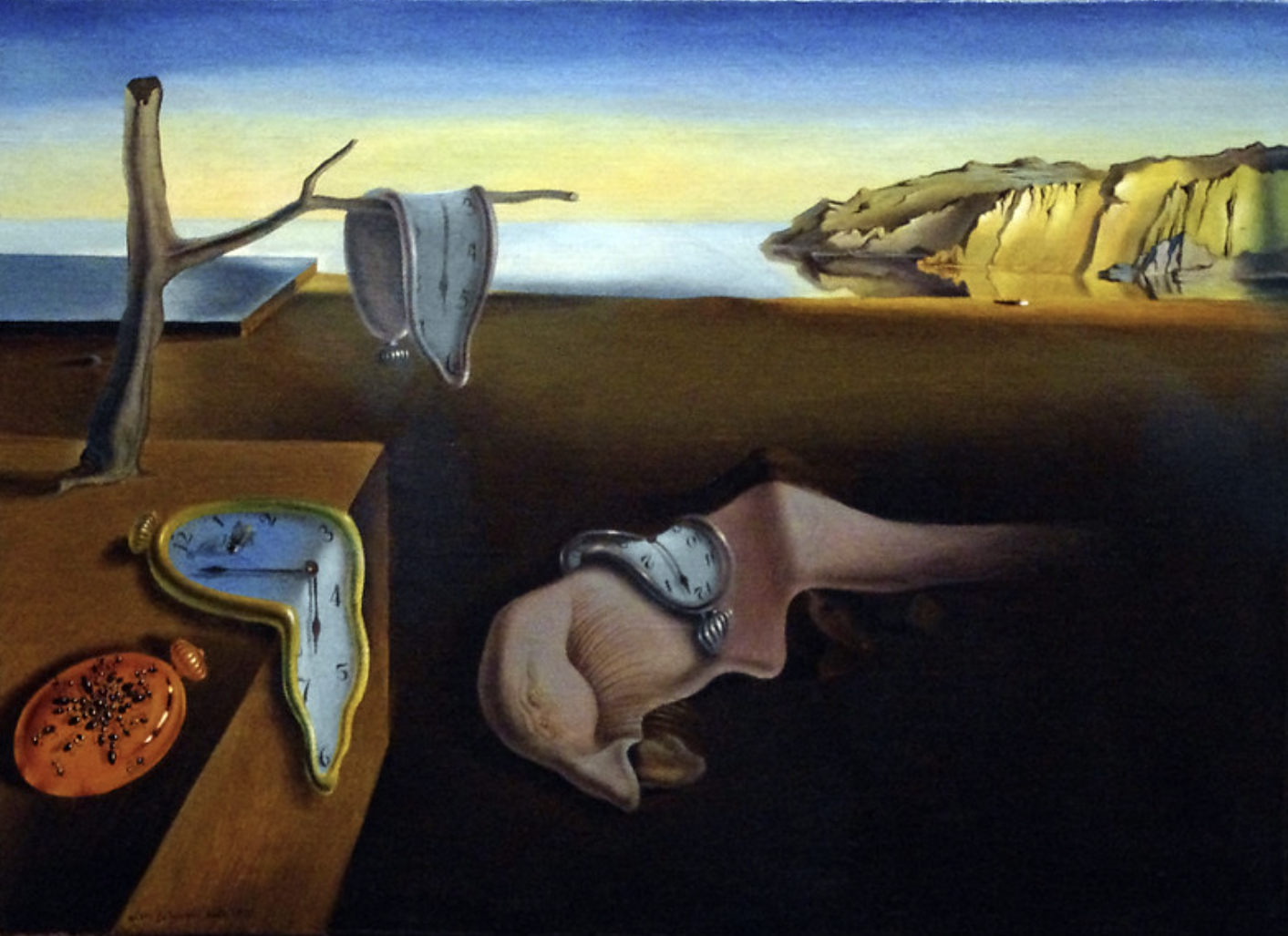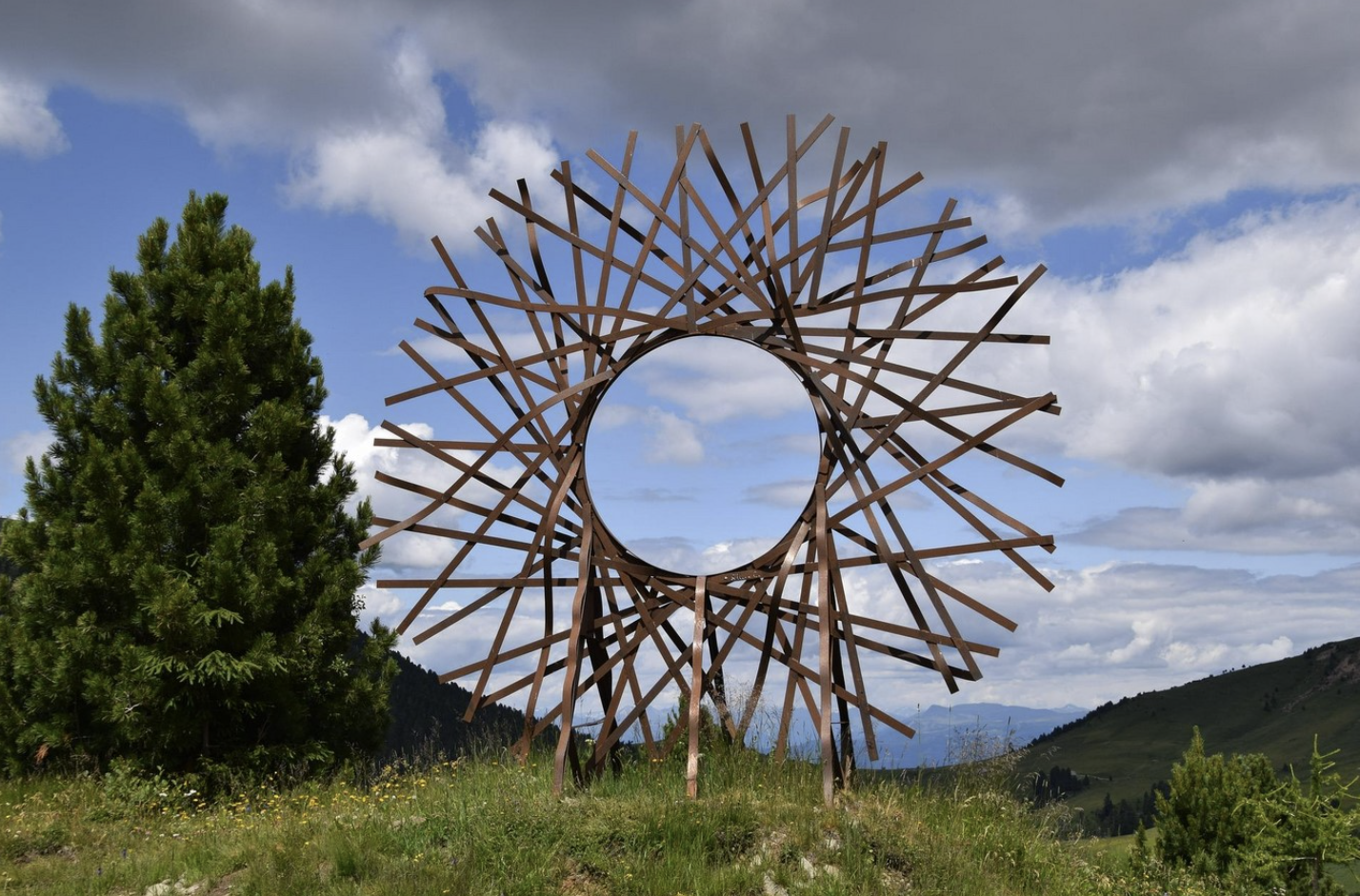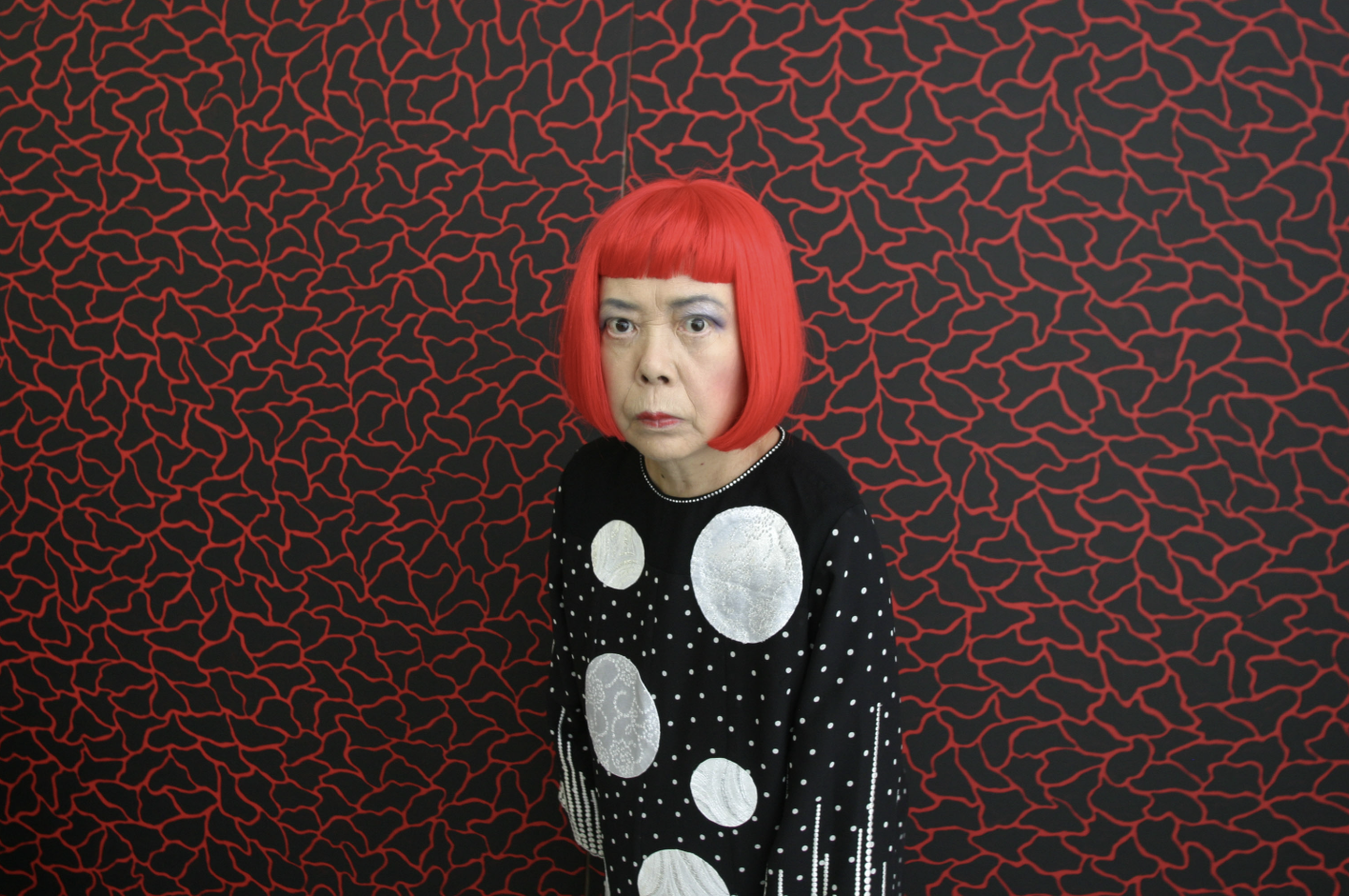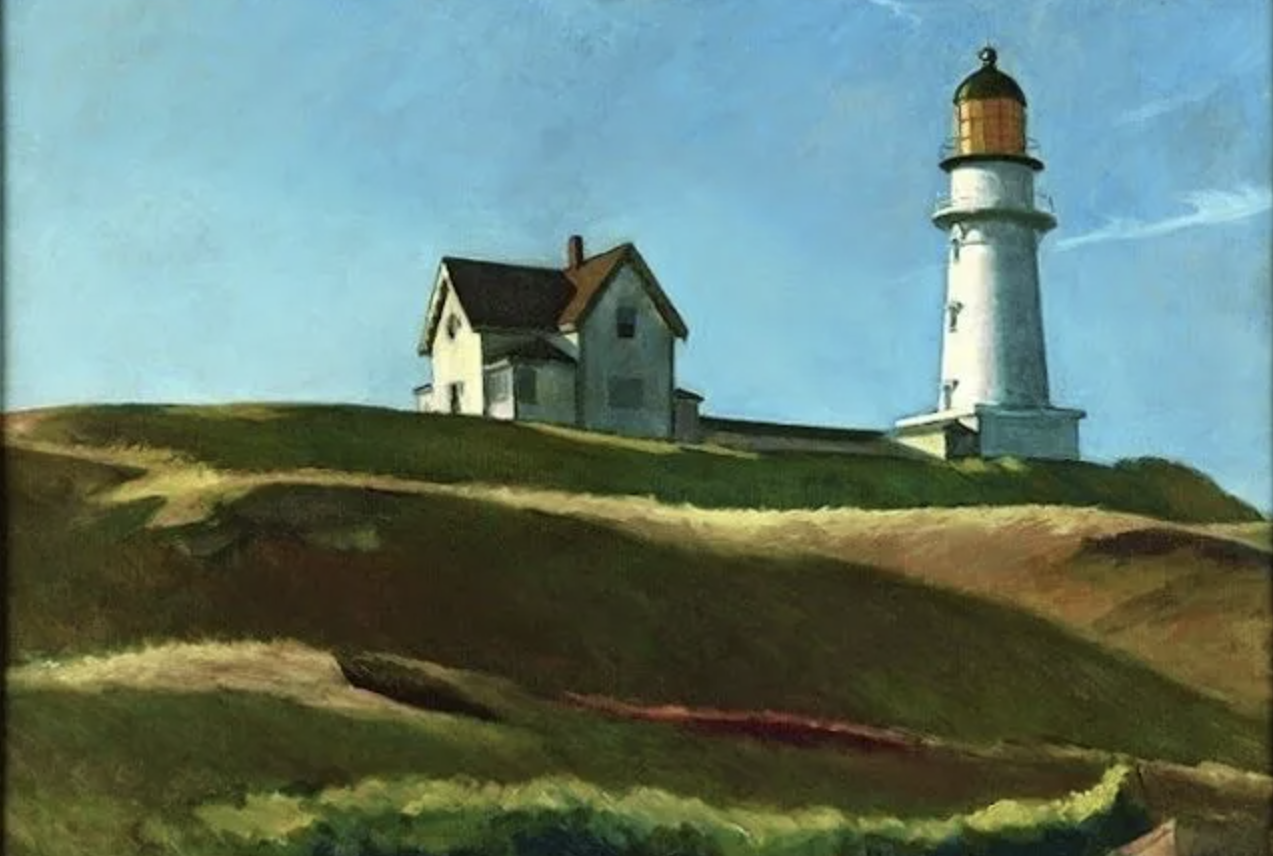
Throughout art history, landscape paintings have provided a window into the natural world, offering new ways of seeing and experiencing our environment. Some artists, through their mastery of light, color, and composition, have created works that transcend the ordinary and become timeless icons. Below, we explore five of the most celebrated landscape paintings by renowned artists, each offering a unique perspective on nature.
Claude Monet – Impression, Sunrise (1872)
Claude Monet’s Impression, Sunrise is not only one of his most famous works, but it also gave its name to the entire Impressionist movement. Painted in 1872 from a window at the Hôtel l’Amirauté in Le Havre, the piece captures the port at sunrise, with misty reflections on the water and the sun veiled by fog. Monet’s innovative use of light and color in this painting marked a departure from the highly detailed and rigid compositions of earlier periods. The loose brushwork and blurred effect were revolutionary for the time, earning Monet both criticism and acclaim. Today, the piece is housed in the Musée Marmottan in Paris and stands as a hallmark of Impressionism.
Paul Cézanne – Mont Sainte-Victoire (1897)
Paul Cézanne’s Mont Sainte-Victoire is one of his most iconic landscape paintings, reflecting his obsession with the mountain that dominated the view near his home in Provence, France. Cézanne painted this mountain numerous times, using geometric forms and bold colors to capture its presence. Through his innovative approach, Cézanne sought to merge the objective world with his personal perception, turning the mountain into a subject of contemplation about both nature and the act of painting itself. This piece is considered a pivotal work in the transition from Impressionism to modern art.
Pierre-Auguste Renoir – Pont-Neuf (1872)
Pierre-Auguste Renoir’s Pont-Neuf immortalizes Parisian life in the late 19th century, capturing the vibrancy of the city and the iconic bridge that spans the Seine. Renoir’s signature use of light and color brings the scene to life, painting a lively portrait of Paris with its bustling streets and reflective water. Known for his stunning depiction of human figures and scenes of everyday life, Renoir’s landscape paintings often blend a sense of spontaneity with careful attention to atmospheric effects. Pont-Neuf is a beautiful example of his mastery in combining urban life with landscape.
Paul Signac – Vue du port de Marseille (1905)
Paul Signac’s Vue du port de Marseille is a stunning representation of the port city, painted using the pointillist technique, which Signac helped to pioneer alongside Georges Seurat. The work reflects the dynamic energy of the city, as well as its lively waterfront. By using small, distinct dots of color that blend together from a distance, Signac captures the essence of the scene while maintaining a sense of abstraction. This technique allowed him to explore the interplay of color and light, making the painting both vibrant and harmonious. Signac’s works, including this landscape, are celebrated for their contribution to modern art and the evolution of Impressionism.
Caspar David Friedrich – The Monk by the Sea (1810)
Caspar David Friedrich’s The Monk by the Sea is a hauntingly beautiful and minimalist landscape that reflects the German Romantic movement. The painting shows a solitary monk standing by the edge of the North Sea, gazing out at the vast and stormy horizon. The empty space in the composition evokes a deep sense of loneliness, while the dramatic sky and churning sea suggest an overwhelming, almost spiritual force of nature. Friedrich’s use of vast expanses of unbroken space invites the viewer to reflect on the existential questions of life and death, making this work a poignant meditation on the human soul and its relationship to the natural world.
These five landscape paintings by master artists provide not only breathtaking views of the world but also offer profound insights into the artists’ personal philosophies and the evolution of art movements. Each work, with its unique approach to color, form, and perspective, has left an indelible mark on the art world, continuing to inspire and provoke thought among viewers today.




